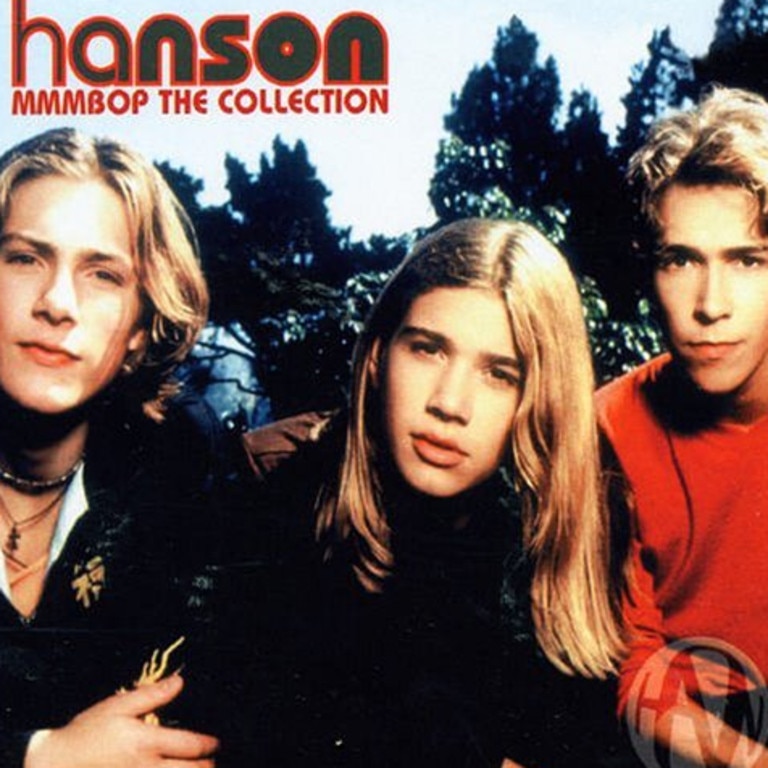What do the songs Baby Shark*, MMMBop*, Party in the USA* and Barbie Girl* have in common? They all get stuck in our head and according to new research by the University of NSW’s Professor Emery Schubert, there is a scientific reason for this.
The phenomenon* of having a song stuck (or in this case wriggling around) in your head is known as an ‘earworm.”*
Mr Schubert says the experience is quite common with some research suggesting that 98 per cent of us have experienced an earworm – or involuntary musical imagery (INMI*), as it’s known in music terms.
And while past research into determining the cause has explored tempos, melodies and pitches of the music, Mr Schubert has put forward a different explanation as to why songs like Baby Shark get stuck in our heads.
“It appears there’s an essential characteristic* necessary for a song to roll out the earworms – the music itself must have some repetition* in it,” Mr Schubert says.
According to Mr Shubert, while it is the chorus that has been the most reported part of a song to become an earworm (because they are inherently the section of a song that is repeated the most), they may not be the only element of a track that we can blame.
“Earworms might not have anything to do with the musical features* at all … It largely doesn’t matter what the music is, as long as repetition is part of the music structure,” he says.
The other parts of this earworm equation are the conditions in which we listen to the song, including recency* and familiarity* with the music.
But the key to getting that earworm really stuck in our heads is what Mr Schubert calls a low-attentional state*: otherwise known as daydreaming.
“It’s sometimes referred to as mind wandering*, which is a state of relaxation. In other words, if you’re deeply engaged with the environment you are in, really concentrating on a task, then you won’t get an earworm,” Mr Schubert says.
“Inside your relaxed mind, you don’t have to follow the exact structure of the music. Your mind is free to wander wherever it likes, and the easiest place to go is the repeated fragment* and to simply repeat it.”
Other than being annoying, are there any cons to having an earworm? Mr Schubert doesn’t think so.
“It’s a bit of a misconception* that they’re a problem,” he says. “We’re starting to see more research suggesting many find getting an earworm to be quite pleasant and it is not an issue that needs solving.”
However, when the song stuck in your head is not one you like, this can of course present an issue.
“The earworm doesn’t care about enjoyment; it cares about how familiar the music is, how recently something similar was heard, and whether the music contains repetition,” Mr Schubert says.
The good news is, there are some ways you can combat it.
“You may be able to wrap up an earworm by either finishing off the music, consciously* thinking of another piece of music, or by removing yourself from the triggers*, such as words or memories that relate to the music or lyrics,” Mr Schubert says.
He also says there has been some research that suggests chewing gum can help because it activates the same parts of the vocal mechanism* used for singing, which distracts* the earworm.





